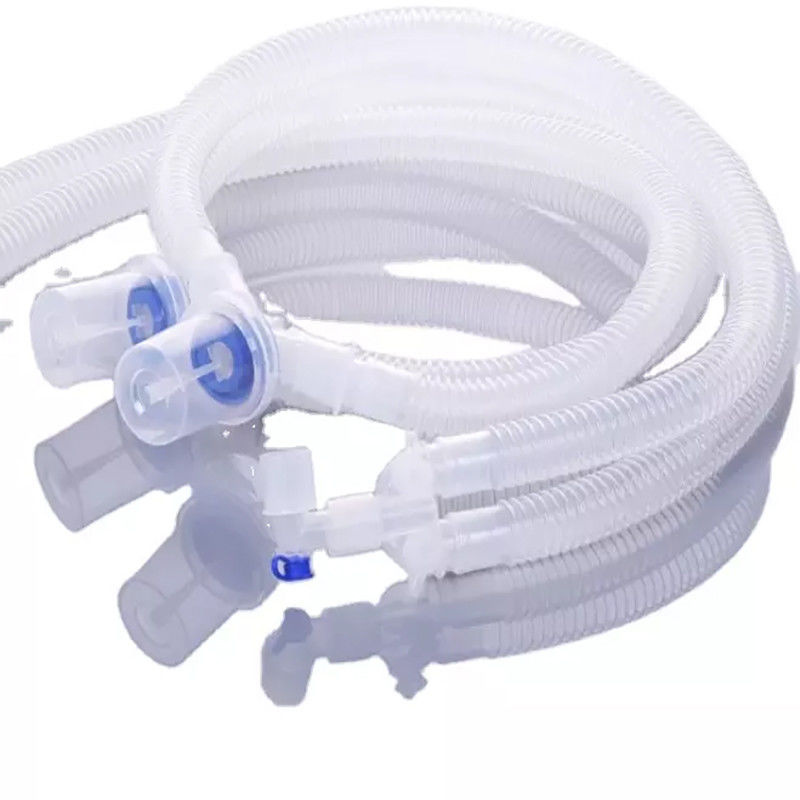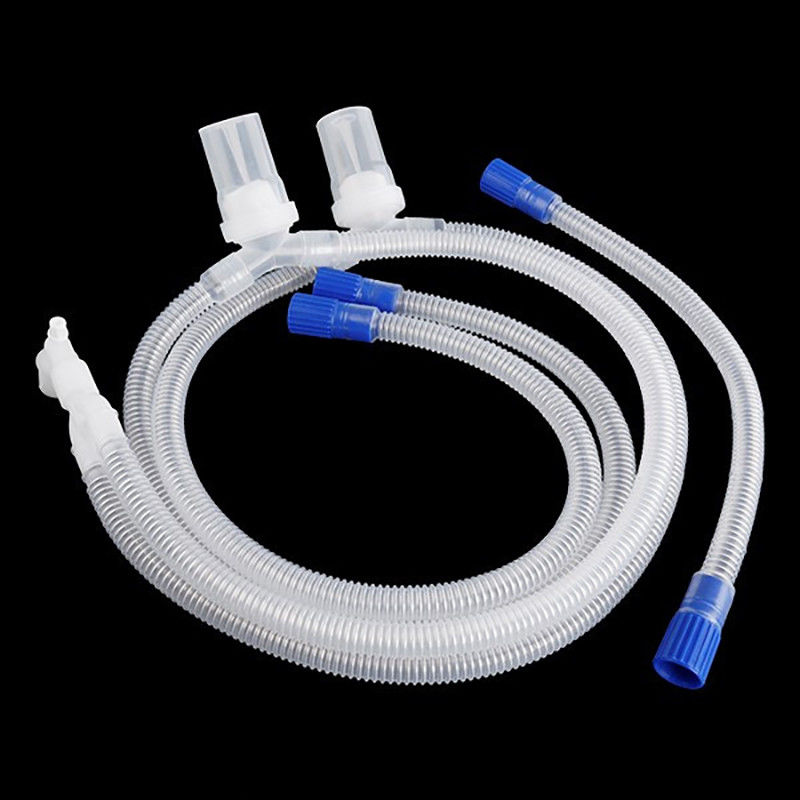
Normal Anesthesia Catheter Y Connector Breathing System With Watertrap
-
Highlight
Normal Anesthesia Catheter
,Y connector Breathing System
,Infant Anesthesia Catheter
-
KeywordAnesthesia Breathing Circuit-Normal
-
PropertiesMedical Materials & Accessories
-
ApplicationAdult,Pediatric,Infant
-
ColorWhite, Blue, Green
-
FeatureEco-friendly
-
Instrument ClassificationClass II
-
TypeNormal
-
Disinfecting TypeEOS
-
Quality CertificationCE
-
OEMAvalibale
-
Place of OriginChina
-
Brand NameHenan Aile
-
CertificationCE
-
Model NumberSR13261601
-
Minimum Order Quantity5000pcs
-
PriceNegotiable
-
Packaging Detailsindividually wrapped or customized
-
Delivery Time15-30days
-
Payment TermsL/C, T/T
-
Supply Ability1500000 Piece/Pieces per Month
Normal Anesthesia Catheter Y Connector Breathing System With Watertrap
Disposable Anesthesia Breathing Circuit Series-Normal
1. Normal Anesthesia Catheter:
- Type: The term "Normal Anesthesia Catheter" suggests a standard anesthesia catheter used in anesthesia procedures. Anesthesia catheters are typically used to deliver anesthetic agents to the patient.
2. Y Connector:
- Design: The Y Connector is a component in the breathing circuit that splits into two branches, allowing the connection of multiple tubes or devices. In anesthesia, the Y connector is often used to join the inspiratory and expiratory limbs of the breathing circuit.
3. Breathing System:
- Purpose: The breathing system refers to the entire setup that allows the delivery of gases to the patient and the removal of exhaled gases. It includes components such as the anesthesia machine, breathing circuit, and airway devices.
4. Watertrap:
- Function: A watertrap is a device designed to capture and prevent the passage of liquid, such as condensation or secretions, from entering the breathing circuit or reaching the patient. It helps maintain the integrity of the breathing system.
The combination of a normal anesthesia catheter, Y connector, and watertrap suggests a standard configuration used in anesthesia procedures. The Y connector facilitates the connection of various components in the breathing circuit, while the watertrap helps ensure the delivery of dry gases to the patient.
These components are essential for the proper functioning of the anesthesia delivery system, providing controlled ventilation and anesthesia to the patient during medical procedures.
![]()
How does an anesthesia breathing circuit work?
Anesthesia breathing systems serve as a conduit to deliver anesthetic and other gases to a patient. Various designs of breathing systems have been created to serve this function. One method of classifying anesthesia breathing systems is based on how gas flows: open, semi-open, semi-closed, and closed systems.
| Cat.NO. | Specification |
|
SR13261601 |
Adult 1.8m Y connector (2 holes), 2 watertrap |
|
SR13261602 |
Adult 1.8m Y connector (no holes), 2 watertrap |
|
SR13261603 |
Adult 1.8m Y connector (2 holes), 1 watertrap |
|
SR13261604 |
Adult 1.8m Y connector (no holes), 1 watertrap |
|
SR13261605 |
Pediatric 1.8m Y connector (2 holes), 2 watertrap |
|
SR13261606 |
Pediatric 1.8m Y connector (no holes), 2 watertrap |
|
SR13261607 |
Pediatric 1.8m Y connector (2 holes), 1 watertrap |
|
SR13261608 |
Pediatric 1.8m Y connector (no holes), 1 watertrap |
![]()
What is patient breathing circuit?
Disposable Anesthesia Breathing Circuit-Normal
A breathing system or breathing circuit is a medical device used to deliver oxygen, remove carbon dioxide, and deliver inhalational anaesthetic agents to a patient.
Why are anesthesia circuits corrugated?
A typical corrugated circuit creates resistance as the flow of gas moves through it. The corrugated surface creates turbulence (see diagram below) and this creates resistance.
Furthermore, the more flow you give your patient, the more resistance created and the more you will compromise your ventilator and therapy.


